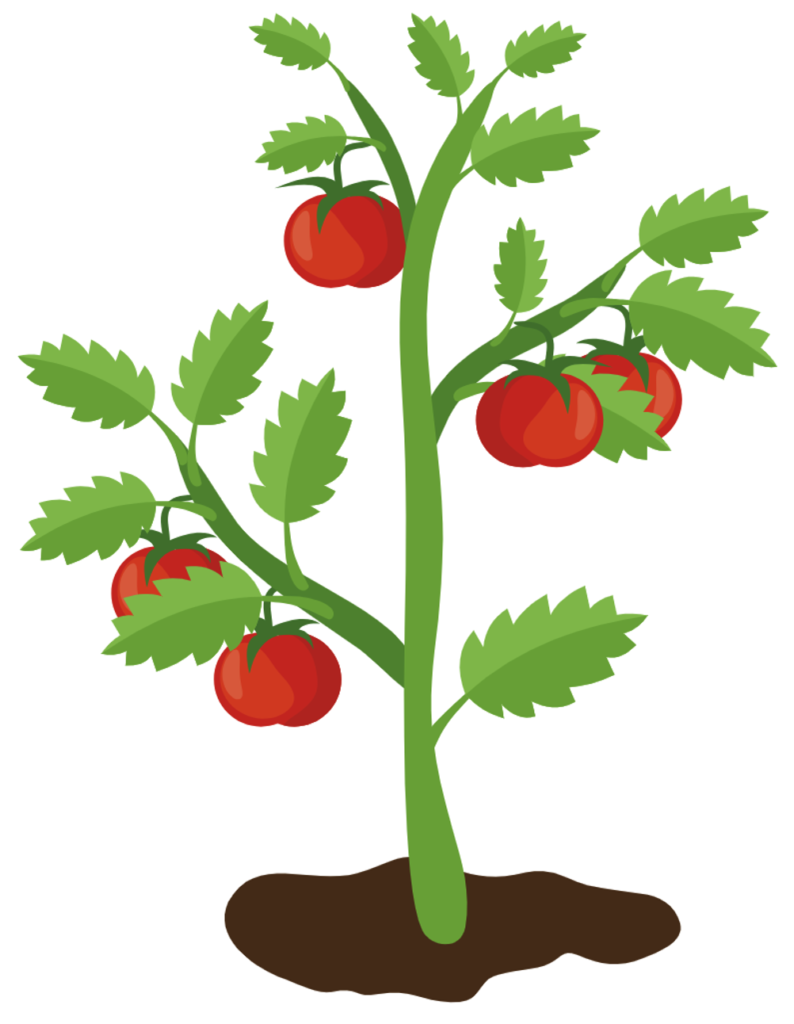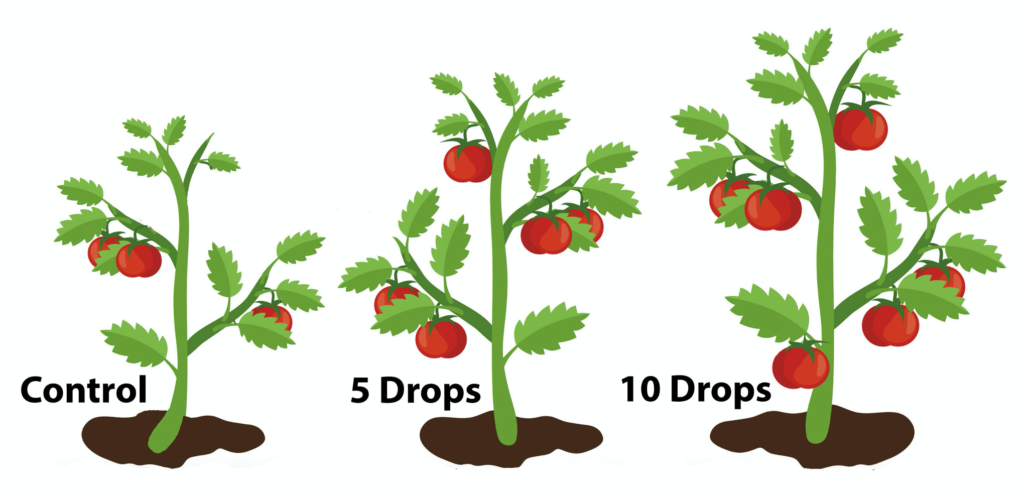Introduction
Biology is a science, but what exactly is science? What does the study of biology share with other scientific disciplines? Science (from the Latin scientia, meaning “knowledge”) can be defined as “fields of study that attempt to comprehend the nature of the universe.”
One thing is common to all forms of science: an ultimate goal “to know.” Curiosity and inquiry are the driving forces for the development of science. Scientists seek to understand the world and the way it operates, and they pursue this knowledge by using the scientific method, a system of research with defined steps that include experiments and careful observation.
There are many other ways of knowing, and seeking the answers to questions, including religion, philosophy, art, and cultural traditions. All these ways help us understand different aspects of our world. What sets science apart from other ways of seeking truth is the formulation and testing of statements called hypotheses. A hypothesis is a tentative explanation for a phenomenon – how something works, or the cause of an event. Hypotheses are tested using objective observations – meaning that if different people made the observations independently, they would arrive at the same results.

The scientific method is a process by which we can work to understand and explain natural phenomena. This process typically starts with an observation (often a problem to be solved) that leads to a question. Let’s say you want to grow your own vegetables, and you wonder if using fertilizer will help the plants grow bigger and better. In order to investigate this problem, we can turn the question into a hypothesis – a tentative explanation for our observations. For example, our hypothesis might be, “Tomato plants grown with fertilizer will grow larger, and produce more tomatoes, than plants grown without fertilizer.”
A valid hypothesis must be testable. It should also be falsifiable, meaning that it can be disproven by experimental results. The hypothesis above meets both criteria. We can test this relatively easily by growing some plants with fertilizer, and some without, and seeing if they actually do grow differently. It is also falsifiable – if we find that there is no difference when we use fertilizer, we will have demonstrated that, in this instance, our hypothesis is not correct.

To test a hypothesis, a researcher will often conduct an experiment. All experiments have at least one variable: any part of the experiment that can be manipulated and measured, to see how it might change during the course of the experiment. Many experiments also have a control group that is not manipulated. For example, to test our hypothesis about plant growth, we could grow three groups of tomato plants – one group where we add a little bit of fertilizer, one where we add a lot of fertilizer (these are the experimental groups), and one where we add no fertilizer (the control). This type of manipulation can be called a treatment. If the results of the experimental group(s) differ from the control group, this provides evidence that our hypothesis was correct. If there is no difference, we can reject our hypothesis.
As odd as it may sound, science does not set out to “prove” things, so rejecting a hypothesis should not be considered a failure. Whether or not we get the results we expect, the process of science is meant to give us a deeper understanding of the natural world. Thus, there is no such thing as scientific “proof.” Instead, we draw conclusions from facts and observations. We cannot prove a hypothesis, but we can collect evidence that points to it being true. Getting unexpected results can lead us to develop new hypotheses. Additionally, scientific understandings are always subject to modification with further information. This step—openness to disproving ideas—is a crucial part of the process of science.
There are also some questions that cannot be evaluated with the scientific method. The presence of the supernatural, for instance, is neither testable nor falsifiable, because we do not currently have the ability to reliably observe or measure supernatural phenomena. It is also not possible to evaluate aesthetic judgements. For example, we cannot scientifically demonstrate whether puppies are cuter than kittens, as this is a matter of personal opinion. Finally, science cannot provide moral judgements, and give us concrete answers about right and wrong.
HAND-WASHING EXPERIMENT
Today, we’ll begin an experiment that will allow us to walk through the scientific method ourselves, looking at the subject of “germs,” more properly known as pathogens: microbial agents of disease. (“Microbial” refers to “microbes:” organisms too small to be seen with the naked eye, and visible only under magnification). Two of the broad groups of pathogens that cause illness in humans are viruses and bacteria. We’ll learn more about these groups next week, but right now let’s look at just a few examples.
Both the common cold and influenza (the “flu”) are caused by viruses. According to the Centers for Disease Control and Prevention (CDC), each year, people in the United States suffer as many as 1 billion cases of the common cold. Adults average about 2 to 4 colds annually, while children often have as many as 10 per year. In any given year, anywhere between 5 and 20 percent of people in the United States suffer from the flu. Bacteria are small single- celled organisms, and the majority of them are harmless to humans, or even beneficial. A few, however, can cause
illnesses, including strep throat, food poisoning, and toxic shock syndrome.
The typical person’s hands contain millions of microbes. Most are naturally occurring and are harmless, but some may be disease-causing germs, and these can often be easily spread by direct contact (for example, shaking hands), or by contact with surfaces that other people have touched (for example doorknobs). Thoroughly washing hands is the single most important thing people can do to keep from getting sick, or to keep from infecting others.
How often do you wash your hands? Do you always use soap? What about hand sanitizer? Observations in public rest rooms reveal that only about 68% of Americans wash up before leaving. Vigorous hand washing, for at least 20 seconds, and using soap, is often considered the best way to lift off the microbes and rinse them away. But, is hand sanitizer a good alternative? This week, we will begin an experiment that will help us to answer this question.
Many scientific questions can be tested by means of an experiment – a contrived situation set up by a researcher for the purpose of testing a hypothesis. How well the experiment helps us answer questions – and how confident we are in our results – depends on the way the experiment is designed.
Some characteristics of well-designed experiments include:
- Having an experimental control, or one group that is not given the treatment, to compare against the groups that are treated
- Using a double-blind study design, where neither the subjects nor the researchers know which subjects received the treatment, and which received the control.
- Having an appropriate sample size, to reduce the likelihood of having a result due to random chance, rather than the treatment itself.
Keeping these things in mind, we will begin an experiment this week to investigate the effectiveness of different types of cleansers on removing microbial pathogens from hands. While you design your experiment, keep the following parameters in mind:
- Bacteria reproduce rapidly when in contact with a nutrient source. If an individual bacterial cell is transferred to a gel-like nutrient source, the cell will multiply into millions of descendants, producing a colony of cells that is visible to the naked eye. A bacterial colony that arose from a single cell typically appears as a distinct circular dot on the surface of the agar.
- The number of bacteria on a given surface can be estimated by transferring those bacteria to a petri dish filled with nutrient agar gel, giving those cells 24 to 48 hours to multiply, and then counting the number of visible colonies on the plate.
We will have the following materials available:
- Liquid hand soap
- Alcohol-based hand sanitizer
- Petri dishes filled with nutrient agar
- Sterile cotton swabs for transferring bacteria from hands to petri dishes
- Sterile water to swab dirty hands
- Permanent markers and tape